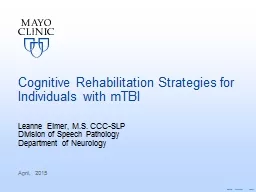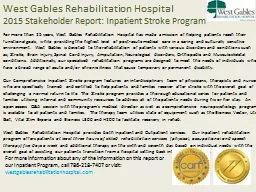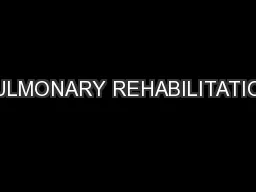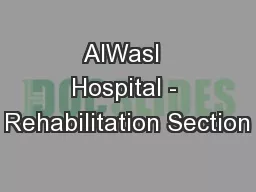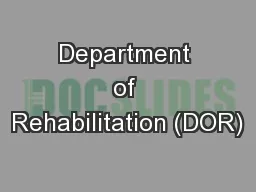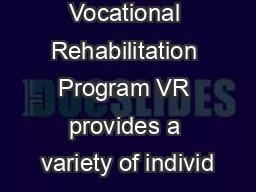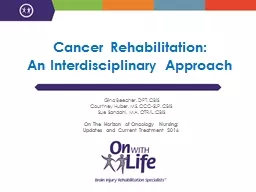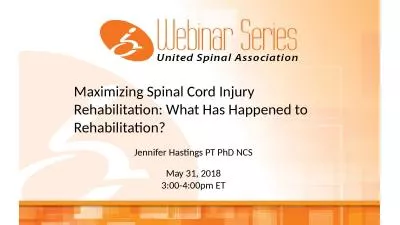PPT-Cognitive Rehabilitation Strategies for Individuals with
Author : danika-pritchard | Published Date : 2018-10-13
mTBI Leanne Elmer MS CCCSLP Division of Speech Pathology Department of Neurology April 2015 Objectives for Todays Presentation Describe 3 strategies patients with
Presentation Embed Code
Download Presentation
Download Presentation The PPT/PDF document "Cognitive Rehabilitation Strategies for ..." is the property of its rightful owner. Permission is granted to download and print the materials on this website for personal, non-commercial use only, and to display it on your personal computer provided you do not modify the materials and that you retain all copyright notices contained in the materials. By downloading content from our website, you accept the terms of this agreement.
Cognitive Rehabilitation Strategies for Individuals with: Transcript
Download Rules Of Document
"Cognitive Rehabilitation Strategies for Individuals with"The content belongs to its owner. You may download and print it for personal use, without modification, and keep all copyright notices. By downloading, you agree to these terms.
Related Documents

